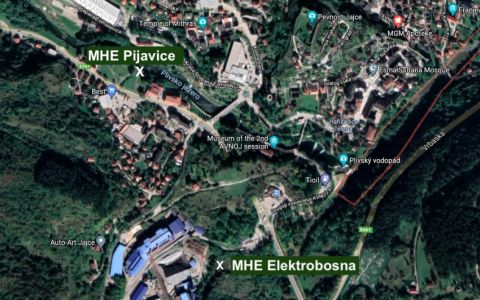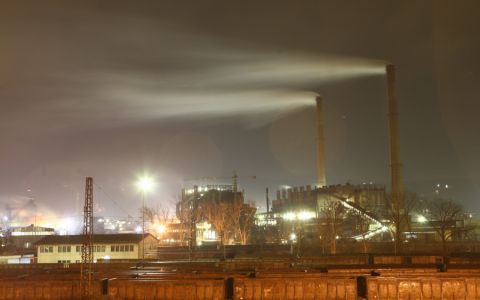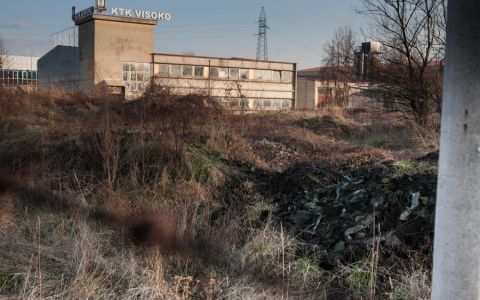The 600 MW lignite power plant Ugljevik III, promoted by a Russian billionaire Rashid Sardarov, planned to be constructed by the China Power Engineering and Consulting Group Corporation (CPECC) is planned to be built as an extension of the existing Ugljevik power plant in the north-east of the Republika Srpska entity of Bosnia and Herzegovina.
Expert data analysis published in Environmental Impact Assessment (EIA) revealed that data about emissions of SO2, NOx and dust are false. The study is also missing the information about the environmental impact of the plant. The plant has raised concerns as current air pollution in the area is high already and it seems very unlikely that the new plant will comply with the pollution limits stipulated in the EU Industrial Emissions Directive. Its net efficiency level is expected to be very low, at only 34.1%.
The environmental permit for the new coal unit was issued in July 2013. The new analysis commissioned by Centre for Environment and carried out by Polish expert Dr Leszek Pazderski demonstrates that the environmental study is missing several key elements: for example the data on greenhouse gas emissions and the climate impact of the plant, quantitative data on emissions (e.g. carbon monoxide), information about the wastewater and the impact on surface water, next to incorrect calculations described in the previous paragraph.
Such serious omissions mean that the EIA study does not fulfil the requirements of EU directives. BiH is legally bound to the terms of the Energy Community Treaty. With such shocking findings about the quality of the environmental study for Ugljevik III, the Ministry should annul the environmental permit if it wants to uphold the law, protect the inhabitants of the Ugljevik area and avoid serious and expensive problems in the future.
“Such shortcomings in the permitting process have already been monitored in the case of Stanari TPP and must be foreseen to be avoided in future plants, such as Ugljevik III. However, the Environmental Impact Assessment shows that the plant's efficiency level is not expected to be in line with EU Best Available Techniques requirements (BATs) and fails to give exact expected emissions for the chosen technology,” adds Igor Kalaba of the Center for Environment.







